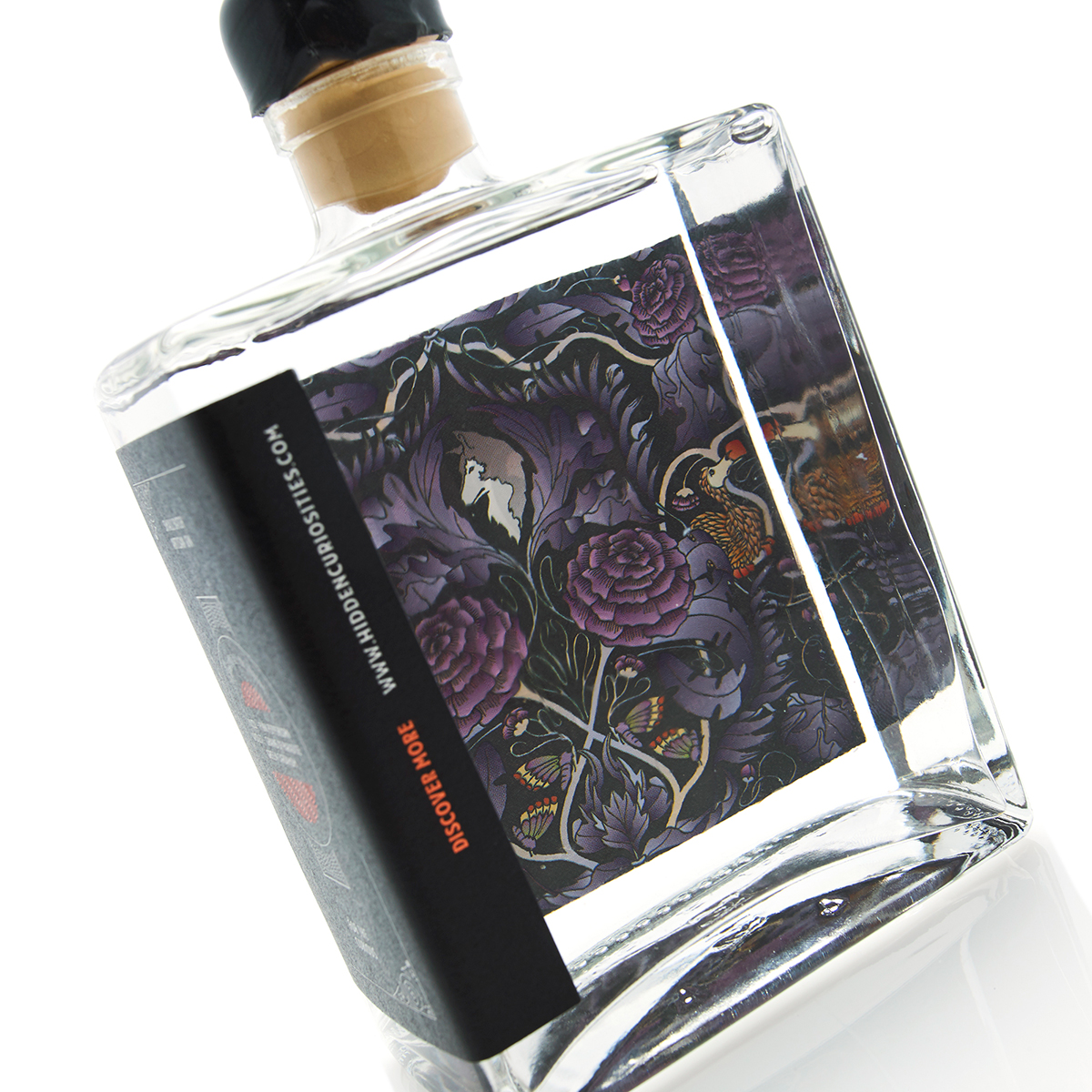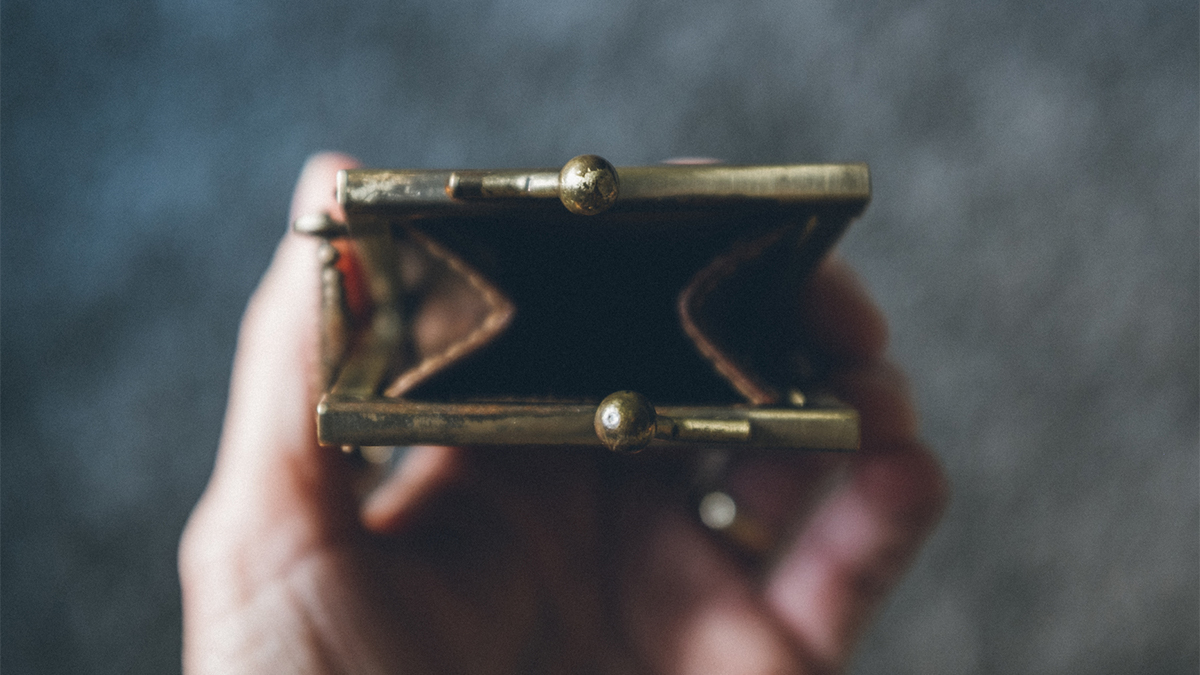Reading Time: About 3 minutes
We’ve all heard the proverb, “curiosity killed the cat.” Perhaps less well known is the proverb’s conclusion: but satisfaction brought it back. A new study in the Journal of Consumer Research addresses both angles.
The study’s odd title, “I Want to Know the Answer! Give Me Fish ’n’ Chips!” is an allusion to one of its main experiments, in which respondents were given the option of a healthy salad or a plate of beer-battered fish and chips after being taunted by a riddle. The respondents who were provided with the riddle’s answer chose equally between the two options, but those left hanging opted for fish ’n’ chips by a significantly large measure.
What is going on here? Why would an unsolved riddle make people more likely to indulge in a guilty pleasure? The study doesn’t really provide that answer. It merely demonstrates, through five separate experiments (using chocolate, money, and entertainment), that when our curiosity is piqued we are more likely to indulge ourselves than when it is not. This alone is helpful for marketers, particularly those who purvey luxuries and hedonic experiences. Yet whether you sell cupcakes or automobiles, you may want to consider messaging and design tactics that present your customer with a puzzle.
I recently came across a brand that is doing this in a blatant and brilliant fashion. Hidden Curiosities is a craft gin sold in the UK. Aside from the obvious connection to curiosity that rests in its name, it features a bottle that is designed to evoke your curious impulses. It artfully uses the back side of the label to draw customers in with a darkly rendered illustration that incorporates many graphic motifs–from a sinister profile of a wolf to hidden creatures found within its intertwining flora. Spend a little time with the bottle and you’re likely to want a taste.

Curiosity is a powerful psychological dimension. It is so potent that it has enjoyed a prevalent role in nearly all of the world’s great mythologies, usually in the context of a cautionary tale or creation story. After all, it was Eve’s curiosity about the forbidden fruit that beget man’s crisis with original sin in the Judeo-Christian canon. The Greeks gave us Pandora and a jar of evils that were unleashed upon the world when she could no longer temper her curiosity about what was hidden within. Sadly, both of these western myths contain a not-so-subtle misogynistic bent that connects curiosity to women and sin.
But consider how dull the world would be without curiosity. There would be no whodunnit mysteries. Indeed, you could argue that we would have no basis for story at all, as every story draws the audience in by posing an implicit question in the mind, “what happens next?”
Yet, as marketers we often ignore curiosity. We clutter our communications with detail after detail. We try to pack as much information into every touch point as we can because we believe that answering all the possible questions a customer might have will close the sale. The reality is that this approach might have the opposite effect.
The JCR study does more than demonstrate curiosity’s power to draw us toward indulgent rewards. It also reveals its tenacity. One of the experiments tested decay—how much curiosity continued to influence decision-making as time passed. The results suggest that our curiosity simmers, sometimes growing in influence the longer our desire for answers is unsatisfied.
It’s also worth noting that the study demonstrates the power of incidental curiosity. Hidden Curiosities Gin is a great example of integral curiosity—in which the product itself makes us curious. Yet the JCR studies demonstrate that we can be drawn to the indulgence of a product when our curiosity is stimulated from any source—even one that is completely unrelated to the product at all. This means that marketers should think beyond making puzzles out of their advertising and packaging. They may reap the same benefit by being close to events and experiences that puzzle us. So, pay a premium for that sponsorship of the New York Times Crossword Puzzle. Pandora has your back.

